Leather Bars of the Past in Chicago
I thought I would do an IML-related piece, the whole leather contest circuit actually began in a leather bar, the famous/infamous Gold Coast founded by the legendary Chuck Renslow. I know one person who remembers this bar; he is in his eighties (hard to believe). Much has been written on this place of LGBT history already; I’ll just add that it seems to be the granddaddy of places where like-minded men could meet others who shared their sexuality. Much of what is perhaps now the traditional dynamic of gay leather bars originated there: the leather biker look, the rough sex and BDSM, the l hypermasculinity revealed in the famous artwork of Etienne aka Dom Orejudos now displayed in the Leather Archives and Museum.
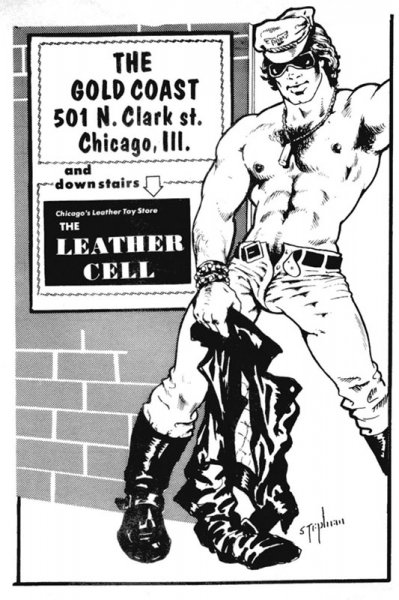
The Gold Coast closed in 1988 (alas, I never went there) at the 5025 North Clark location, having moved from its original location at 501 North Clark Street. Renslow later opened the Chicago Eagle in the 1990s; I remember the entrance being the inside of a truck, and the basement Pit. I actually consider this place my “coming out” bar as a leatherman. I was flogged in public down there, my first big BDSM scene. The Eagle closed in the early 2000s; the last time I went there was 2007; by that time the totally hot Pit had closed.

I also remember another spot, now closed, called Leatherneck. It was located literally in downtown Chicago, the Loop. The upstairs was outfitted as a dungeon, where Windy City Bondage Club held amazing parties. The operator of this building was the infamous (emphasize the “in” in that word) John Birch aka of the now defunct Metropolitan Slave magazine. I could devote a whole other blog to this individual (it might read as a particularly outrageous National Enquirer article), but strangely enough, there’s almost no online trace of him, other than a link to some papers by one Beau Lee James, winner with John Birch of the International Master and Slave contest held by Pantheon of Leather in Houston, Texas, 1994.
Leatherneck with its distinctive mezzanine opened in 1997; I don’t remember when it closed, but I do remember it being for many people I know more of a hangout place rather than a more serious down-and-dirty place like the Eagle or Touche.
Now, I’ll end with one more place, the AA Meat Market. It was located next to the famous original Touche (I went there for the first time in the early 1990s; a week later it burned down). In my younger sluttish days, I remember being dragged into the bathroom at the Meat Market to perform fellatio and lick boots. I remember this place always hopping; it closed in 1993, I think, because of the gentrification of that neighborhood by Lincoln and Diversey, though I did hear there was some raid that year for “public indecency.”
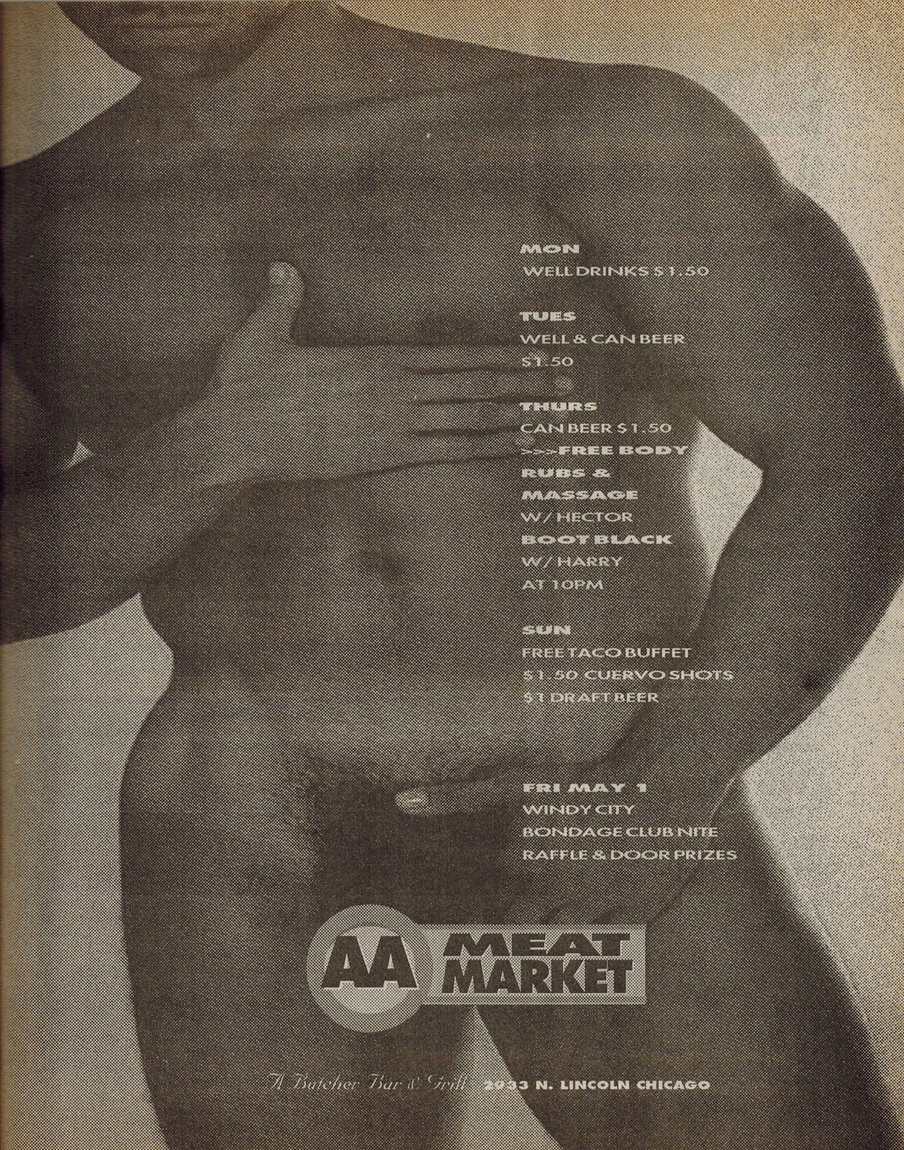
Our beloved David Boyer is keeping the leather bar legacy alive at Touche. I hope that these places don’t become memories, but continue to adapt to a world that communicates via phone apps. I know I would rather lick a boot or kiss a hot guy in full gear than stare at a phone app.
Hope you had a blast at IML 2016!



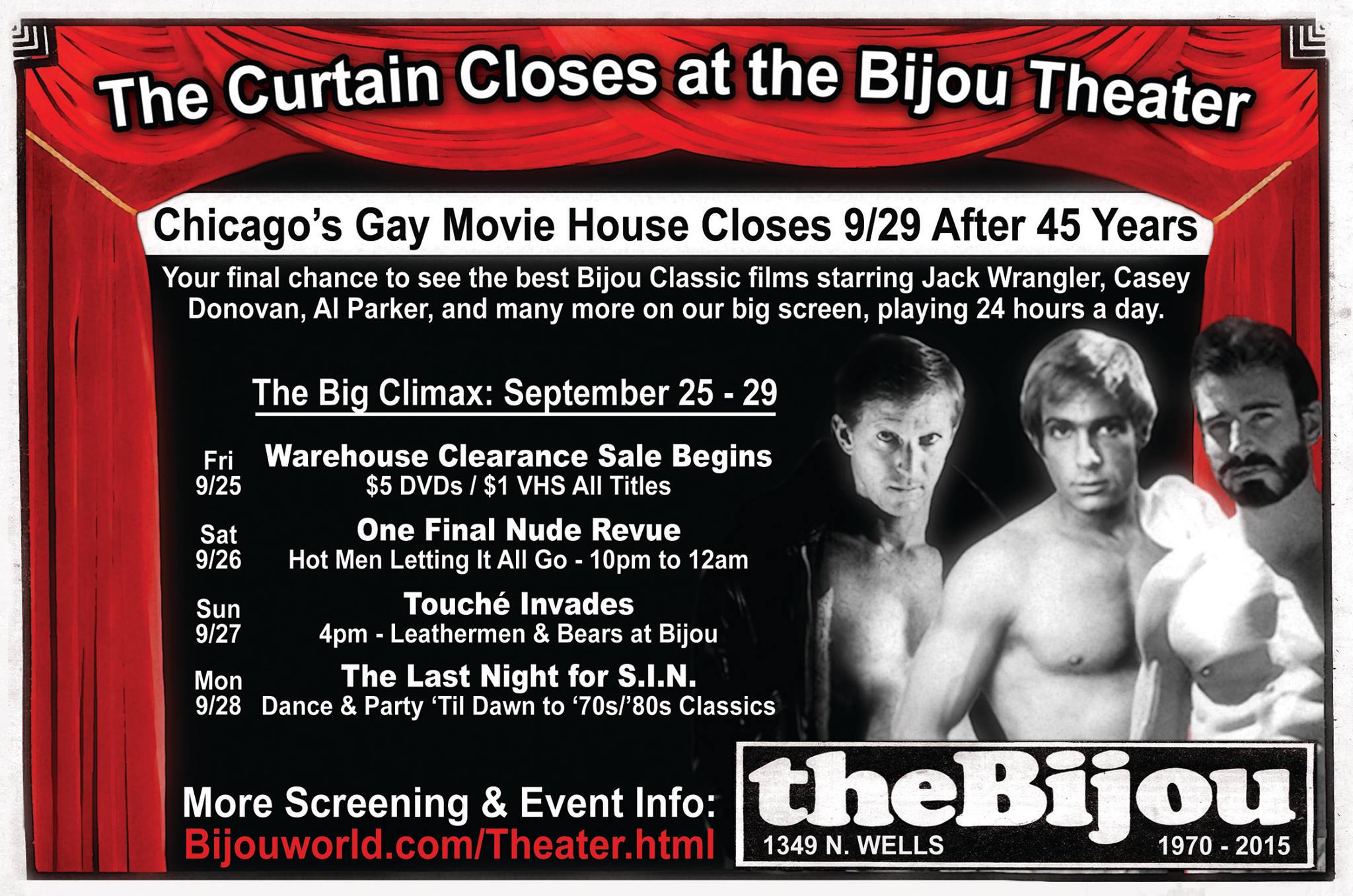
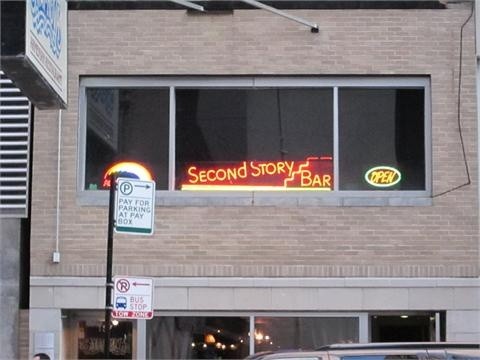



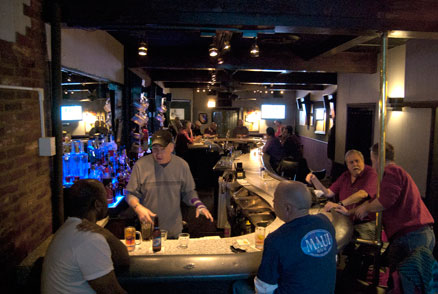
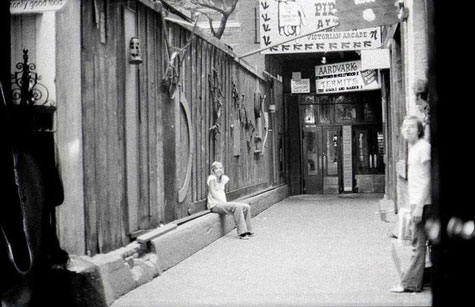
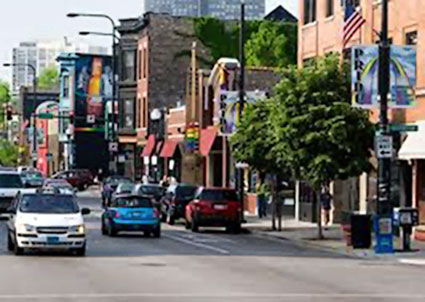
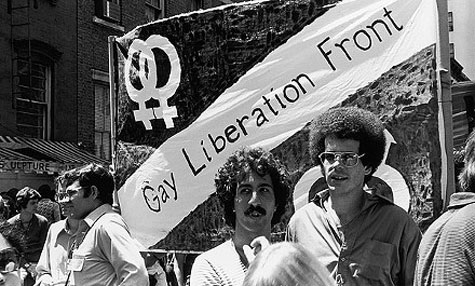
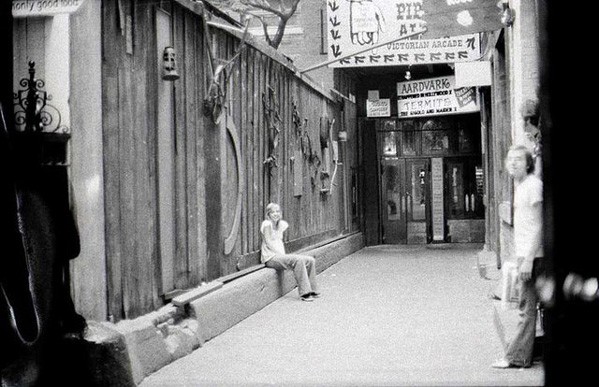
 Join our Email List
Join our Email List Like Us on Facebook
Like Us on Facebook Instagram
Instagram Youtube
Youtube Follow Us on Twitter
Follow Us on Twitter Follow us on Pinterest
Follow us on Pinterest